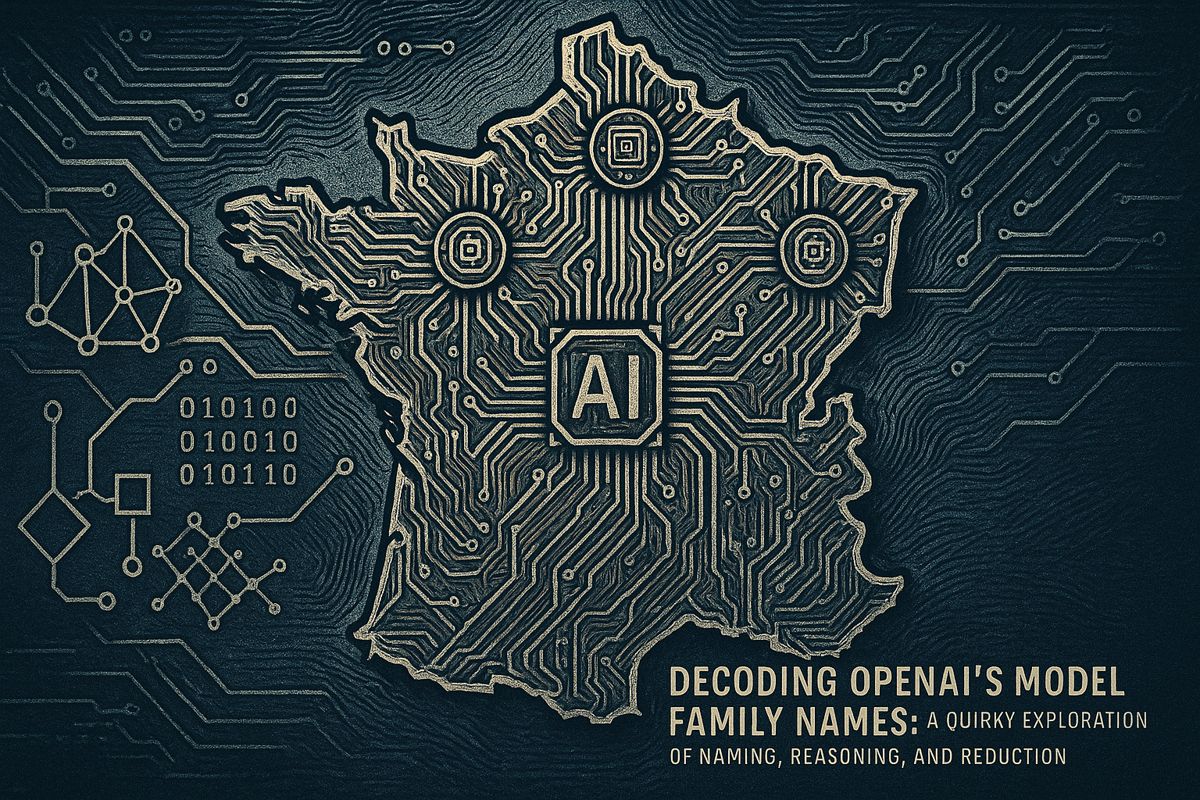Investing in relationship capital is the primary driver for advocacy, loyalty, and profit. As buyers in 2025 increasingly seek personal connections with brands, this practice becomes essential for sustainable growth and market leadership.
Deep, trust-based connections directly fuel revenue growth. Extensive research reveals that customers with an emotional bond to a brand yield a 306 percent higher lifetime value, based on aggregated data from Amra & Elma. The financial impact is immediate: a mere 5 percent increase in customer retention can boost profits by an impressive 25–95 percent.
The three dimensions of relationship capital
Relationship capital represents the cumulative trust and loyalty a brand builds with its customers over time. It transforms transactional relationships into emotional connections, encouraging repeat business, advocacy, and forgiveness for occasional missteps. This asset is built through consistent, meaningful, and personalized interactions at every touchpoint.
These three dimensions describe how a brand embeds itself in a customer’s life:
- Depth: This measures how profoundly a customer feels seen and understood. Examples include personalized gestures like Patagonia’s handwritten repair notes or Peloton instructor shout-outs, which create a powerful feeling of individual recognition.
- Density: This refers to the frequency and quality of meaningful touchpoints. High density is achieved when a brand integrates seamlessly into a customer’s routine, such as Salesforce AI nudges that increase engagement and multiply valuable contacts.
- Durability: This is the brand’s earned permission to expand into new product categories. Strong durability is why one can easily imagine a Nike-branded hotel but not a Hilton-branded shoe, highlighting the power of authentic brand trust.
Evidence from 2025 loyalty research
The impact of relationship capital fundamentally reshapes retention metrics. While fewer than 3% of consumers see brands as genuinely customer-focused, those that bridge this perception gap achieve remarkable gains. For instance, community members show 37% higher retention, and values alignment now drives 71% of loyalty decisions, according to recent findings from Brandmovers.
| Impact area | Lift on KPI |
|---|---|
| Emotional connection | 306% higher LTV |
| 5% retention increase | 25-95% profit boost |
| Brand community membership | 37% higher retention |
Building capital in the age of AI
Artificial intelligence provides the scale to enhance relationship capital, not replace its human element. For instance, Salesforce uses generative AI to help sales teams prioritize leads, cutting cycle times by 15%. Similarly, Wendy’s leverages a 10,000-member digital community for real-time menu feedback. Meanwhile, Apple builds durability through product longevity and robust support, fostering trust that translates directly into services revenue.
Action checklist for teams
- Identify key moments in the customer journey that crave recognition and script personalized micro-gestures to deliver it.
- Monitor emotional connection metrics in parallel with purchase frequency to detect early signs of customer fatigue or churn risk.
- Cultivate vibrant brand communities that encourage two-way dialogue and feature active, visible participation from your team.
- Use the “Nike hotel” test to validate brand extension ideas, ensuring you have earned customer permission before launching new offerings.
By prioritizing authenticity, fostering continuous dialogue, and pursuing thoughtful brand extensions, leaders can transform everyday interactions into a powerful competitive advantage. Relationship capital is the key to sustainable growth and market leadership in 2025 and beyond.
What is relationship capital and why does it translate into a 306% higher lifetime value?
Relationship capital is the trust, familiarity and advocacy a brand accumulates through every interaction. 2025 benchmarks show customers who feel this emotional connection deliver 306% higher lifetime value because they repeat more often, pay premium prices and recruit friends at no extra marketing cost. In practice it is the difference between a faceless vendor and a brand that “sees” the customer, belongs to their community and is granted permission to sell adjacent products.
How do the three dimensions – Depth, Density, Durability – work?
- Depth measures how seen the shopper feels; small human gestures like using first-name in support chats or remembering a previous complaint can raise repeat-purchase intent 28%.
- Density asks how naturally the brand fits into daily life. Patagonia’s repair workshops and Peloton’s leaderboard both create weekly touch-points that feel social, not promotional.
- Durability tracks permission to stretch beyond the original product. Consumers can picture a Nike hotel, yet struggle to imagine a Hilton shoe, proving Nike’s higher durability score and explaining its successful entry into software and wellness.
Which 2025 tactics quickly add Depth without huge budgets?
- Frontline empowerment: give store or call-centre staff the authority to issue instant refunds or birthday surprises; buyers who experience a no-questions return show 37% higher next-year spend.
- Proactive memory: CRM alerts that tell a salesman “customer mentioned marathon training last month” let him open the next call with “How was the race?” – a 15-second habit that lifts conversion 12%.
- Values signalling: 71% of consumers now say shared ethics are “very important”; admitting a delivery delay because you refused to use non-renewable packaging can deepen trust more than a discount.
Can AI replace the human side of relationship capital?
No. Algorithms can spot the pattern, but only people can deliver the apology, the joke or the thank-you that proves the pattern was noticed. Leading banks already use AI to flag life events (new baby, house purchase) yet still route those alerts to a human banker who places the congratulatory call. The result: same touch, 3× the trust score versus a chatbot message.
What metrics prove Durability is rising and how do you monitor it?
- Cross-category sell-through: track what % of customers who start with product A try product B within 12 months; a rising curve signals growing permission.
- Stretch survey: ask “Would you buy X from us?” on a 1–10 scale twice a year; watch the average climb as campaigns emphasise community belonging.
- Brand-extension revenue share: when new SKUs outside the core catalog reach 15% of total sales without extra acquisition spend, Durability is converting into cash – the surest proof that relationship capital is compounding.



















